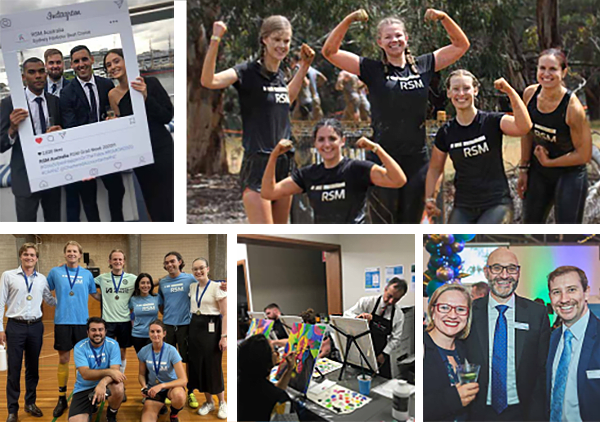Expert advice. Local insight. Global reach.
For over 100 years, RSM has delivered audit, tax and consulting services that help Australian businesses thrive.
Where insight meets opportunity.
Read the latest insights, news and more
Stay informed. Stay ahead.
Free subscriptions to our targeted newsletters deliver business and wealth insights straight to your inbox.
Careers at RSM
Where you are part of the change.
RSM Australia offers the combined benefits of a leading professional services firm with extensive networks, learning and career opportunities – within a highly supportive, people oriented workplace.
At RSM, you’ll find a culture that backs your goals, challenges you to grow, and connects you to opportunities across Australia and the world.














